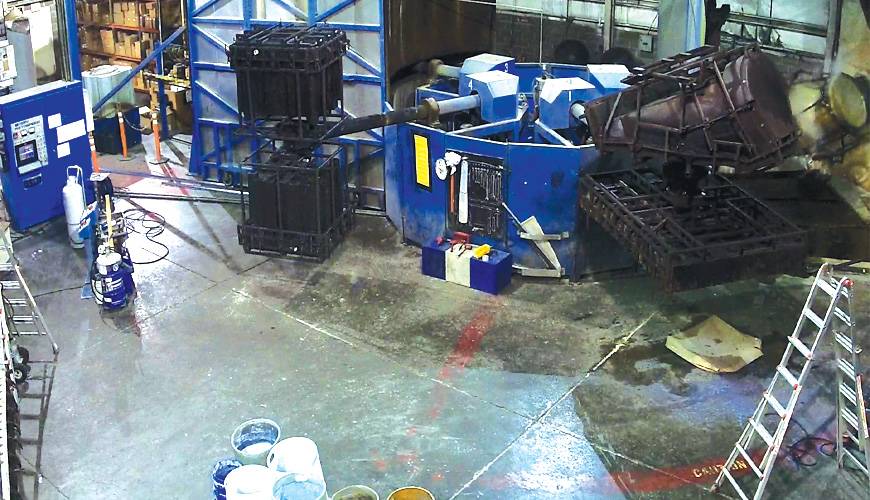From Idea to Market: Streamlining Production with Rotational Molding
Rotational molding, a manufacturing strategy commonly used for making hollow plastic products, takes a fragile harmony of art and science to obtain optimum outcomes. Here’s a much deeper leap in the particulars of mastering this innovative process:
Improving Material Assortment:
Picking the right fabric is vital for productive rotational molding. Elements such as UV level of resistance, chemical substance compatibility, and mechanised components has to be considered based on the product’s intended software. Polyethylene remains the most commonly applied fabric due to the versatility, toughness, and expense-performance.
Perfecting Mildew Style:
Mildew design and style takes on a critical part in rotational molding. Reaching standard wall structure thickness, appropriate draft angles, and intricate characteristics requires consideration throughout the design period. Sophisticated CAD computer software and simulation resources aid technical engineers optimize mold geometry for max productivity and portion good quality.
Okay-Tuning Process Factors:
Handling approach parameters such as heating temperatures, rotational rate, and cooling down time is crucial for producing high-quality pieces. Specific temperature managing ensures regular fabric circulation and circulation, while ideal rotational pace helps prevent fabric pooling and uneven wall surface fullness.
Implementing High quality Confidence Actions:
Quality guarantee is important towards the rotational molding procedure. Examination methods including ultrasonic testing, visible examination, and tension evaluating support recognize disorders at the start of the development routine, making certain only pieces meeting rigid good quality criteria are shipped to consumers.
Embracing Creativity:
Continuous advancement hard disks advancements in rotational molding modern technology. From automation and robotics to environmentally friendly materials and ingredient manufacturing methods, embracing new technologies enhances approach efficiency, minimizes direct periods, and increases the number of choices for product or service customization.
Collaborating Across Disciplines:
Profitable rotational molding calls for collaboration across numerous disciplines, which includes design, engineering, supplies technology, and production. By fostering interdisciplinary teamwork and knowledge expressing, suppliers can leveraging collective knowledge to get over problems and generate innovation.
Purchasing Education and Training:
Education and schooling are essential for creating skilled experts competent at learning the art of rotational molding. Hands and wrists-on instruction applications, workshops, and business certifications inspire people with the data and skills required to master this specific area.
Bottom line:
Learning the ability of Rotational Molding demands an all natural method that involves substance choice, fungus design and style, procedure optimization, quality certainty, advancement, cooperation, and continuous instruction. By adopting these guidelines and continuously polishing their methods, producers can unlock the entire potential of rotational molding and provide exceptional items that satisfy the changing requires of clients and industries.


